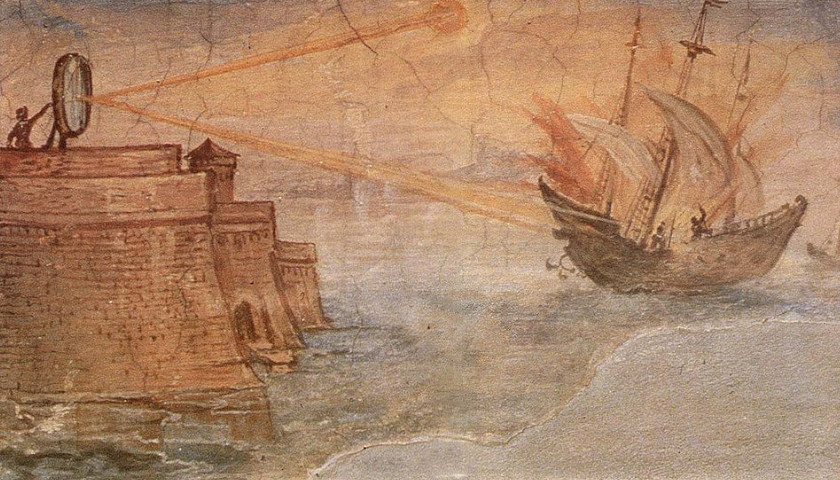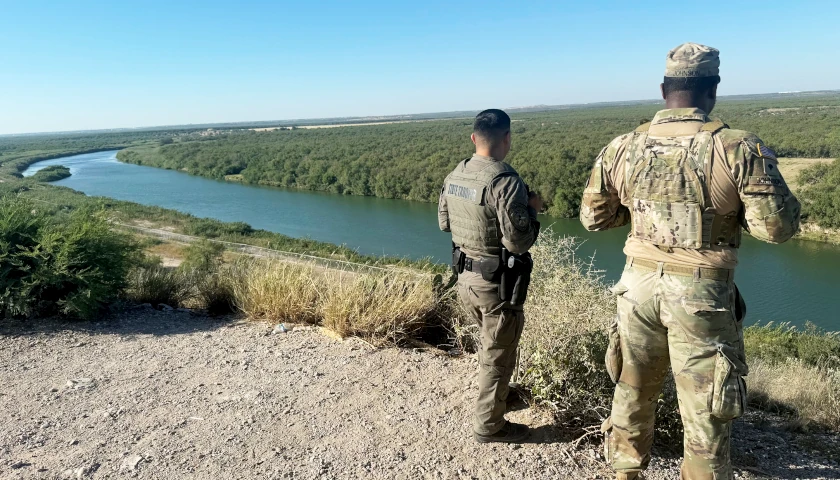by Ross Pomeroy
Archimedes of Syracuse is generally regarded as one of the greatest mathematicians who ever lived. So revered was his wisdom and celebrated his legacy that legendary scholars who lived nearly two millennia after Archimedes’ death in 212 BC hailed him across the ages. Galileo called him “superhuman”. Gottfried Wilhelm Leibniz remarked that he spoiled genius itself. Christiaan Huygens said that Archimedes was “comparable to no one”.
Archimedes was one of the first thinkers to really drill down into the mathematics of the material world. It wasn’t enough for him to see a shape or a physical process and accept it as is – he wanted to know the numbers and equations that underpinned its form and function. Archimedes discovered geometrical theorems for determining the area of a circle, the surface area and volume of a sphere, the area of an ellipse, and the area under a parabola. He also approximated π to within a few decimals of its true value. These are just a few of his many accomplishments.
Archimedes also focused his skills on invention. Among the many devices he crafted were war machines. Syracuse, his hometown on the island of Sicily in the Mediterranean, was constantly under threat of attack by the Romans. When sixty Roman ships under the command of Marcus Claudius Marcellus laid siege to the city in 214 BC, Archimedes reportedly deployed innovative catapults, a giant “claw” affixed to the ramparts to grab ships and capsize them, and a “heat ray,” which modern writers have stylistically redubbed a “death ray”.
Engineers generally recognize that Archimedes’ catapults and his claw genuinely existed, but they are less sure about his “heat ray”. Ancient writers centuries removed from the actual events of the siege describe giant mirrors which would reflect and focus sunlight onto the Roman ships, eventually setting them ablaze. This sort of “death ray” works with a magnifying glass and paper, but could Archimedes have wielded it on a far grander scale?
Scientists have conducted numerous experiments to test this ancient weapon. In the 1970s, a Greek scientist, Dr. Ioannis Sakkas, lined up nearly 60 Greek sailors holding mirrors and had them redirect sunlight onto a focal point on a wooden ship 160 feet away. The ship reportedly caught fire in short order, leading Sakkas to hail Archimedes’ military genius. Thirty years later, MIT scientists used 127 mirrors to successfully ignite a mock-up of a Roman ship on the university’s campus. Things were looking auspicious for Archimedes!
However, in 2010, MIT engineers team up with Mythbusters to test the legend in a real world setting. Three hundred bronze mirrors were set up along San Francisco harbor and aimed at a replica of a Roman warship about 150 feet away. The wooden hull smoked and smoldered, but there was no flame. They tried again from 75 feet away. A small fire erupted, but quickly burned itself out. The experimenters declared Archimedes’ heat ray to be possible but impractical. Would a moving ship be set ablaze? Likely not. But could reflected light from mirrors annoy the heck out of crews? Probably.
Sadly, the heat ray (if it existed) did not save Archimedes. Roman soldiers eventually breached Syracuse’s walls and – despite orders from Marcus Claudius Marcellus that Archimedes not be harmed – one of the invaders slew him during the sacking of the city.
– – –
Ross Pomeroy is a contributor to RealClearScience.
Photo “Achimedes” by MikeRun CC BY 4.0.





